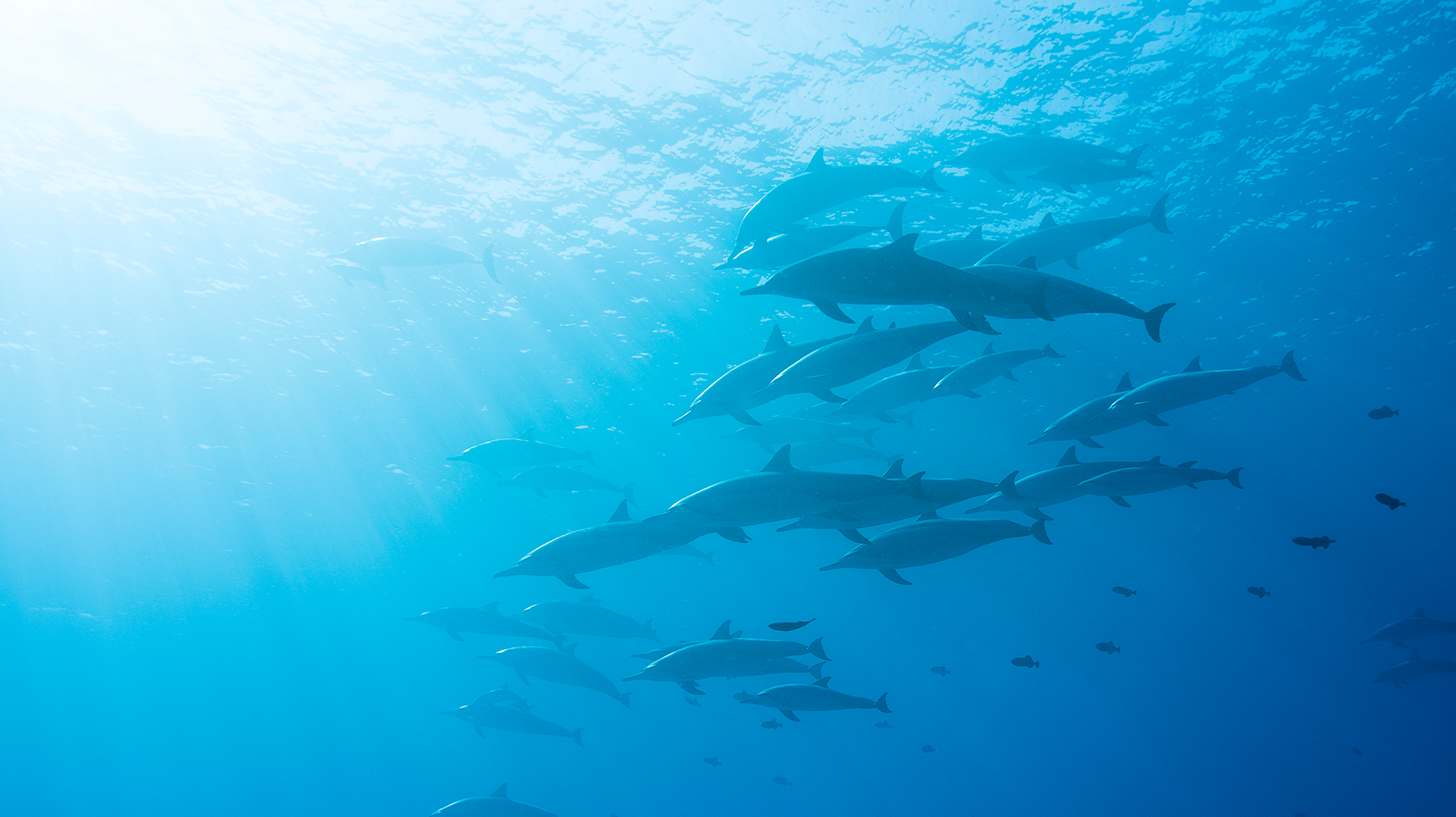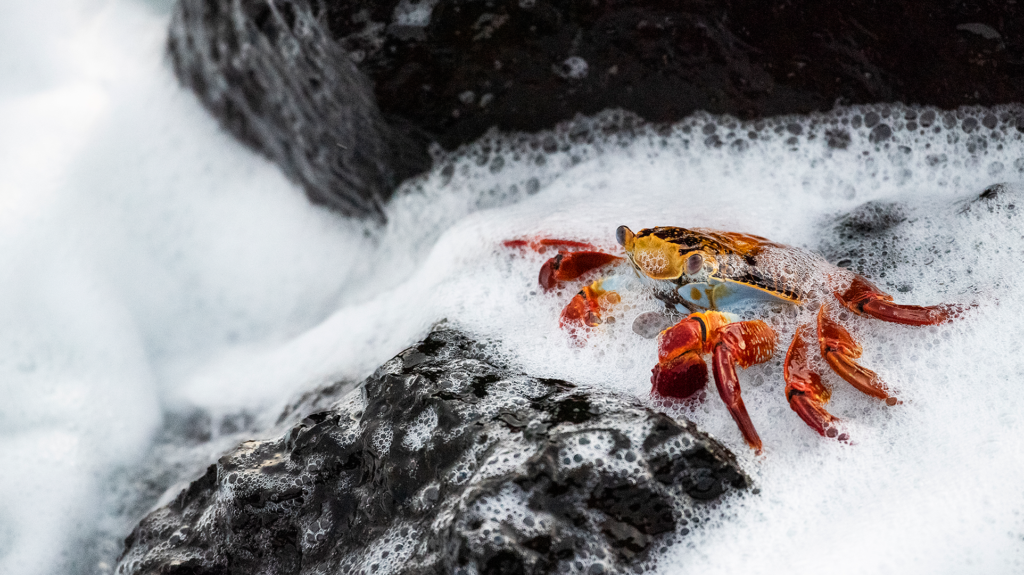What was the inspiration behind Preventing Extinctions: Architecting the Accretocene?
Growing up, we lived in inner city London before moving to rural Wales, and you know, you think you're living in a wild phenomenal place, but the reality is, wildlife in Britain is scarce. Places like British Columbia where there are grizzly bears, whales, seals and eagles in the sky are rare.
In the Great Bear Rainforest, I watched my daughter get surrounded by grizzly bears. She’s been trained to sit still so they just sort of ignored her and she had this extraordinary encounter with them.
So, it was quite a natural thing to pick up my camera and start taking photos again. And I got very passionate about putting those photos to a useful purpose.
Then I saw Gregg Howald giving a lecture on repairing and rewilding the world, which is like what the Great Bear Rainforest Agreement is about—protecting the last of the intact ecosystems because there's not many of them left on the planet. We have a shared vision of conservation and a passion for this work so we teamed up.
Since then, I've had the privilege of photo documenting their work globally. It was just serendipity that we crossed paths and that meeting led to this great endeavour.
How do you think photography can have an impact on the environment?
Sadly, I don’t think it’s as powerful or as effective as it once was because we're inundated daily with thousands of images, you know? But I do think that it still resonates with people.
There's a picture in the exhibit of a subsistence farmer, Claudio, and an employee of Island Conservation. In the background you can see their food storage area. Now, this is not a “beautiful” picture. It's full of cheer, sure, but it's not a picture that you'd hang on your wall. The food in the picture has all been spoiled because it's been overwhelmed with rats—they've eaten the food and defecated on it.
But that picture turned out to be incredibly useful because it communicated that this wasn't just an environmental or ecological endeavour. It showed the human wellbeing component. It showed that there's a link between preventing extinction and increasing food security in impoverished communities. And this opened the door to funding from the United Nations.
So, sometimes photos can capture people's imaginations in a way that text can’t. And if you can capture one or two people with your photos and help move the vision forward—that's an incredibly important thing to try to do in my mind.
What does the relationship between art and science look like to you?
Each island is unique and presents different challenges. And for me, before I go to a new island, I always read the peer-reviewed science that pertains to the particular issues on that island and the work that’s already been done there.
So, when I arrive, I know what I’m looking for. If you learn the science first you can take photos that make it easier to tell the stories to a wider audience. If you understand the science you can use it to create the story, whether it be a photograph or a drawing. And I think humans are generally storytellers and respond more to that than say, a list of dry bullet facts.
So, I think the intersection is very critical. Some of these challenges and solutions are very esoteric, but often a photo can reduce it to something more tangible so we can understand why the work is important.
What do you hope remains in the minds of people after they see Preventing Extinctions: Architecting the Accretocene?
There is a lot to be said about communing with the natural world in all its glory, and I've been privileged to witness and document a whole bunch of interactions with the natural world.
There is a photograph of dolphins in Hawaiian waters in the exhibit but something that isn’t in that photo is a moment when one of the dolphins came out of the pod and looked at my daughter and her friend, eye to eye. Little moments like these are spectacular and thankfully, I’ve had quite a handful of them.
We live in a period of dark times and heavy headlines. I would like for people to leave with a sense of hope. I hope people leave uplifted, knowing that there’s a real amount of good happening in places around the world.
And if we can start to embrace this notion of the “Accretocene,” then I think we’d be able to see that there is a pathway for biodiversity to truly flourish on this planet.
This interview has been edited and condensed for clarity.
What's art got to do with science?
At Science World, we believe that science parallels art as a subject matter and a source of inspiration. Check out the featured works by local artists in our gallery.

